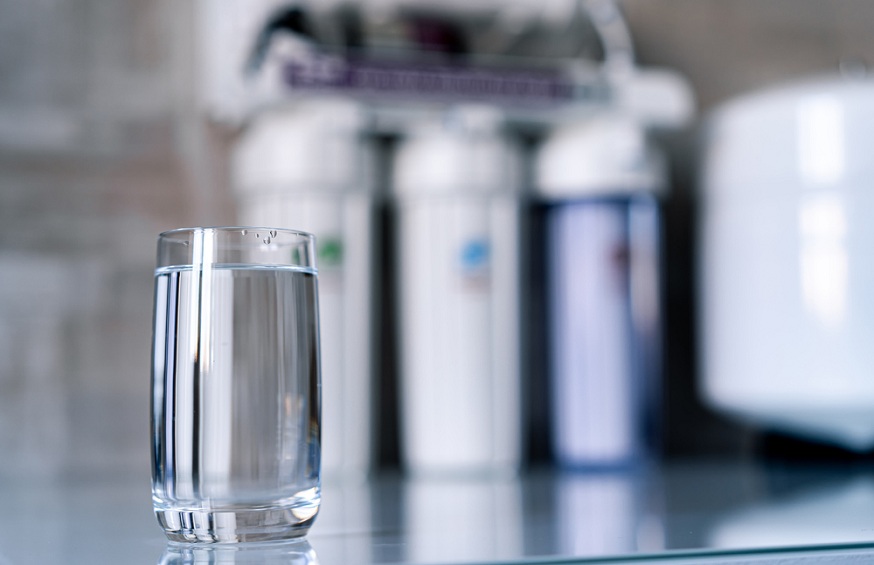Carbon Filtration vs. Reverse Osmosis Filtration
3 min read
Pure water in glass and water filters on the blurred background. Household filtration system.
For some people in certain parts of the country (and across the world), drinking the municipal water provided to the home simply isn’t an option. Those individuals are a minority. For many more people, however, municipal water is simply substandard; bad tasting and with too many contaminants to be as beneficial to health as it could be.
Luckily for those in this situation, the available alternatives are diverse. One possibility is investing in alternative water products, such as the hydrogen water, filtered water, and purified water, all of which are widely available on the market today. The great benefit of this option is thatas well as being free from harmful contaminants, such water also has many additional natural additives (such as the hydrogen in hydrogen water), which offer additional benefits to the water’s nutritional profile.
For those looking for more convenience or a better long-term solution, on the other hand, one of the most popular alternatives is to invest in a water filtration system. But what water filtration system? In fact, the options here differ– there is the precise installation to consider and there is the type of filtration to think about. For example, you can install one filter over one faucetand draw your drinking water from there, or you could install a full home filtration system. Furthermore, those installing filtration systems need to decide on what type of filtration is best (the main options are carbon filtration and reverse osmosis filtration).
Reverse Osmosis vs. Carbon Filtration
The first and most important thing to note about the differences between reverse osmosis and carbon filtration is that the former is more sophisticated, advanced and, therefore, expensive to install. Reverse osmosis filtration is also one of the methods about which people know the least. Given that reverse osmosis and carbon represent the two most common methods of filtration, it is worth comparing the two.
Carbon Filtration
Carbon filtration works, as you might expect, by using carbon in the filter substrate. Nevertheless, not just any carbon is used. Instead, a finally milled and porous granular carbon is preferred. This is designed to offer the maximum possible surface area, allowing it to bond to and remove as many contaminants as possible. Most carbon filtration systems will also incorporate some other kind of semi-porous membrane in order to catch larger suspended particles as well. When you install filters on individual faucets, or perhaps across your full household, they are most likely to be carbon filters.
Reverse Osmosis Filtration
What is the difference with reverse osmosis filtration? A primary principle behind reverse osmosis is that there are several layers to the filtration systemin the form of several different semi-porous membranes which catch particles of assorted sizes. In this way, reverse osmosis-filtered water has actually been filtered several times, which means it’s probably the best way to get as close as possible to purified or distilled water with a filtration system.
Water product specialists Synergy Science say that one of the drawbacks of purified water is that beneficial “contaminants” have been filtered out. The same is true of a reverse osmosis filtration system.
Which is Preferable?
So, which of the two should you go for? Well, the previous point about the degree of filtration is certainly one to keep in mind. No filtration system will leave you with 100% H2O. In most cases, you wouldn’t want it to either. Nonetheless, if a high degree of filtration is what you are after, then reverse osmosis wins out. However, in many cases, carbon filtration is more than up to the job – and it’s cheaper too.




